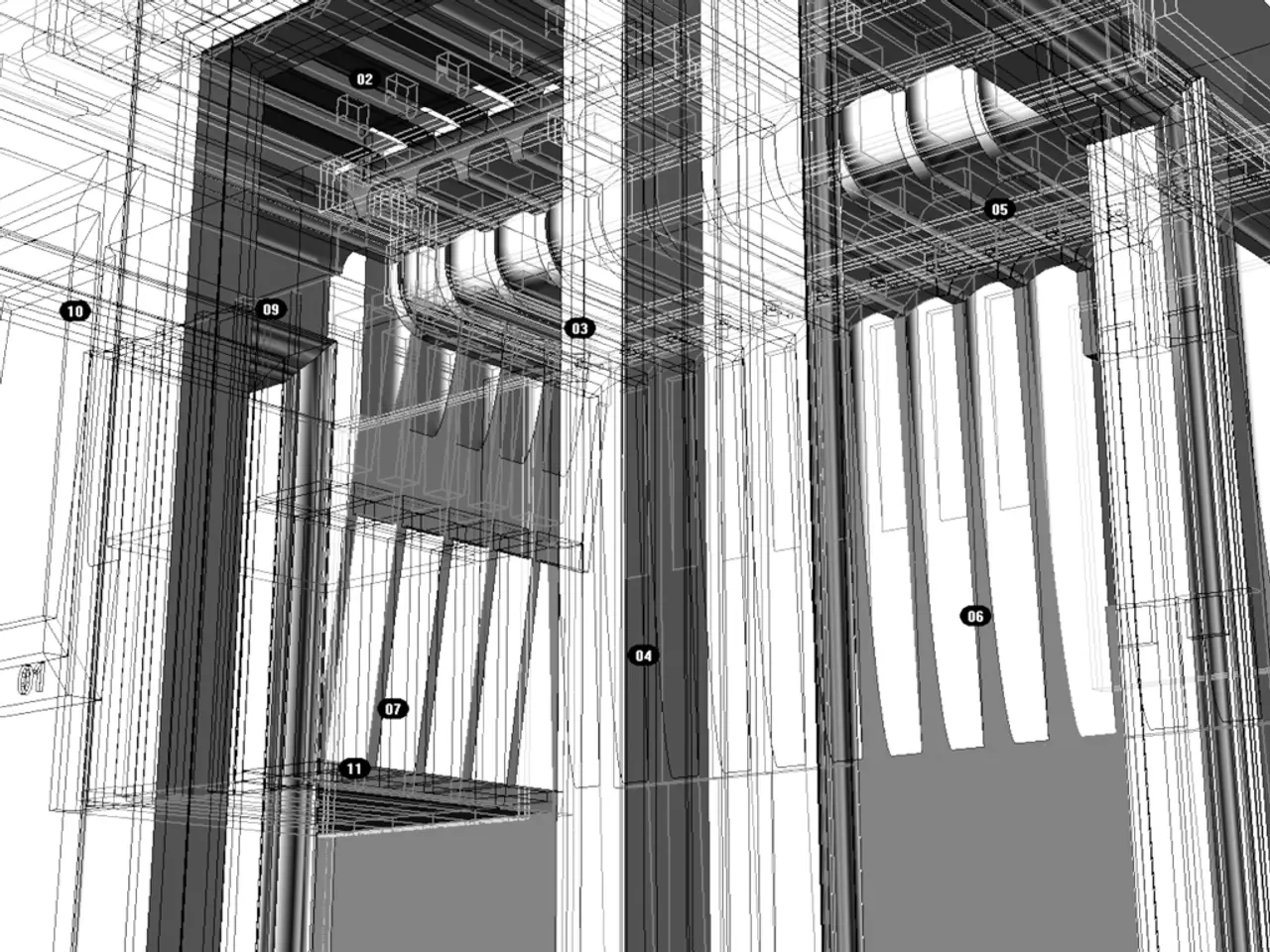Tech giant Microsoft plans to digitally resurrect the Notre-Dame Cathedral, recreating a digital version of the iconic French landmark damaged by fire.
Microsoft and French Government Collaborate to Create Digital Twin of Notre-Dame Cathedral
Microsoft is partnering with the French government, the French culture ministry's heritage institute, and start-up Iconem to create a digital twin of the Notre-Dame Cathedral. This ambitious project aims to digitally preserve every architectural detail of the UNESCO-listed landmark for up to 100 years.
The digital twin will be created using advanced imaging techniques combined with artificial intelligence, capturing a digital record of every centimeter and what is there and what it's supposed to look like. This highly detailed digital replica will serve as a symbolic effort to preserve French cultural identity and literary heritage, as stated by Microsoft President Brad Smith.
The project's purpose is threefold: permanent preservation of Notre-Dame digitally, aiding preservationists in their efforts, and making the cathedral accessible to the public. The digital twin will be donated to the French State and will form a key part of the planned Musée Notre Dame de Paris.
In addition to Notre-Dame, Microsoft is also digitizing historic opera sets and millions of artifacts from French cultural institutions. These collections will be accessible through interactive Microsoft platforms with multilingual text data from GitHub and voice data sets. Collaboration with communities such as Hugging Face will enhance AI model accessibility.
This project is part of a broader initiative to preserve and digitize Europe’s cultural heritage using AI and cloud technology. Microsoft has already been involved in the digital preservation of other heritage sites, such as Ancient Olympia in Greece, Mont Saint-Michel in France, and the 80th anniversary of the Allied landings in Normandy.
The digital twin of Notre-Dame Cathedral may also support ongoing maintenance efforts for the cathedral and aid in long-term conservation efforts. Notably, the cathedral reopened in December after a five-year restoration following a massive fire in 2019, making it France's most visited monument. The digital replica will allow people to explore the cathedral remotely, providing access to this cultural treasure for those who may not be able to visit in person.
As of July 2025, the project has been officially announced and is underway, but detailed progress milestones or release dates have not yet been publicly specified. The digital twin of Notre-Dame Cathedral is expected to provide an enormously valuable digital record that could be used for up to 100 years.
The digital twin of Notre-Dame Cathedral is being created using advanced imaging techniques and artificial intelligence, aiming to digitally preserve every architectural detail of the UNESCO-listed landmark. This elaborate digital replica, expected to be accessible to the public, will be a testament to French cultural identity and literary heritage, as confirmed by Microsoft President Brad Smith.




